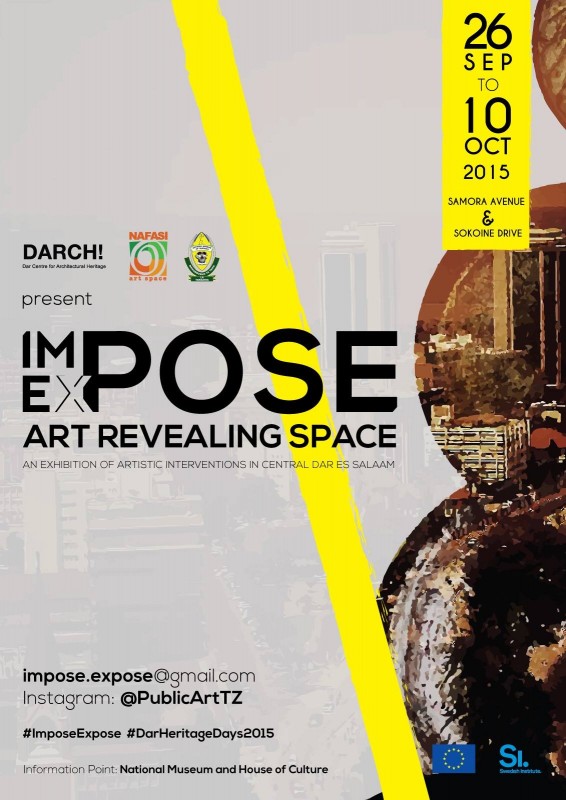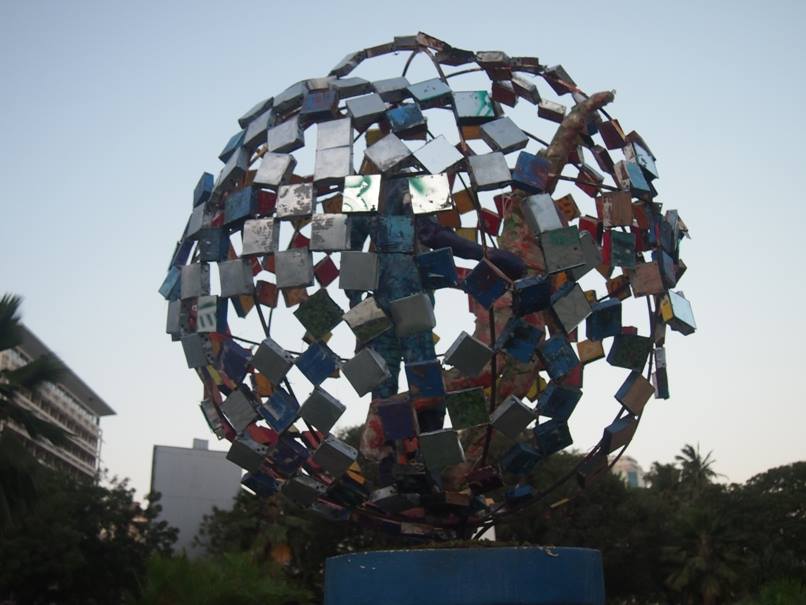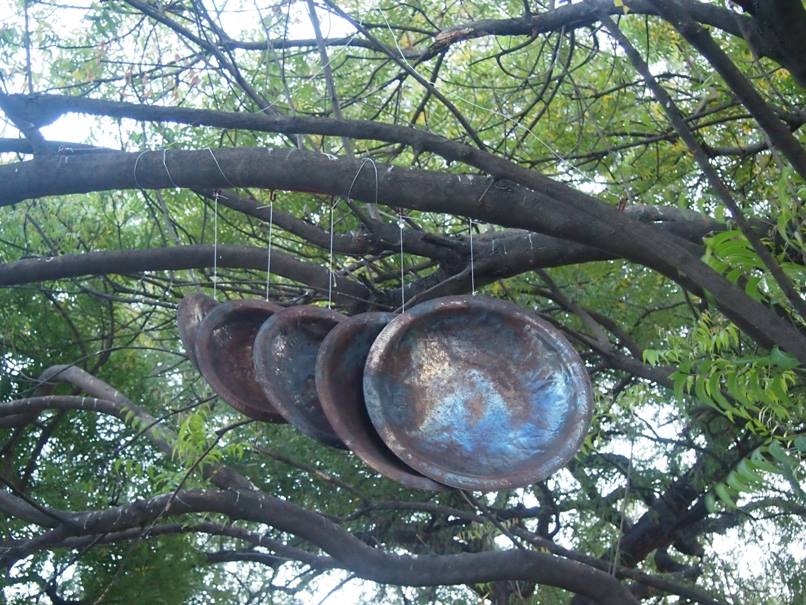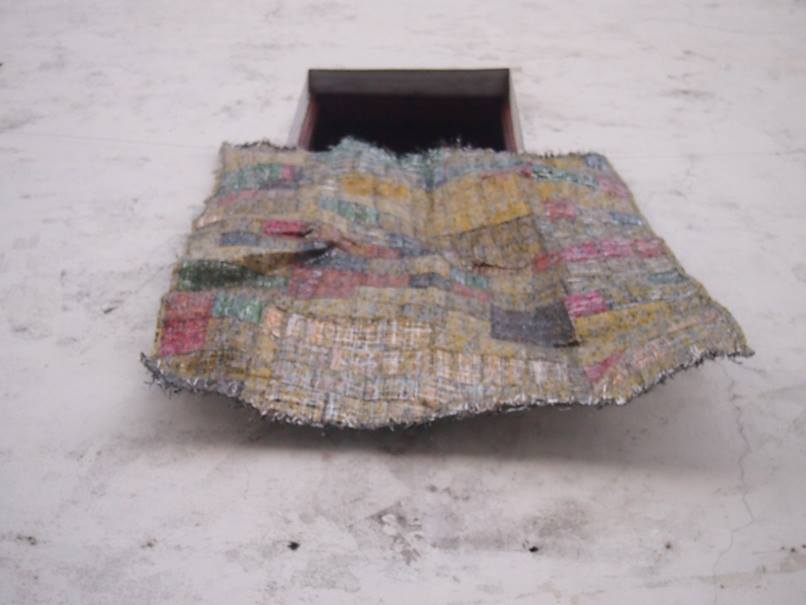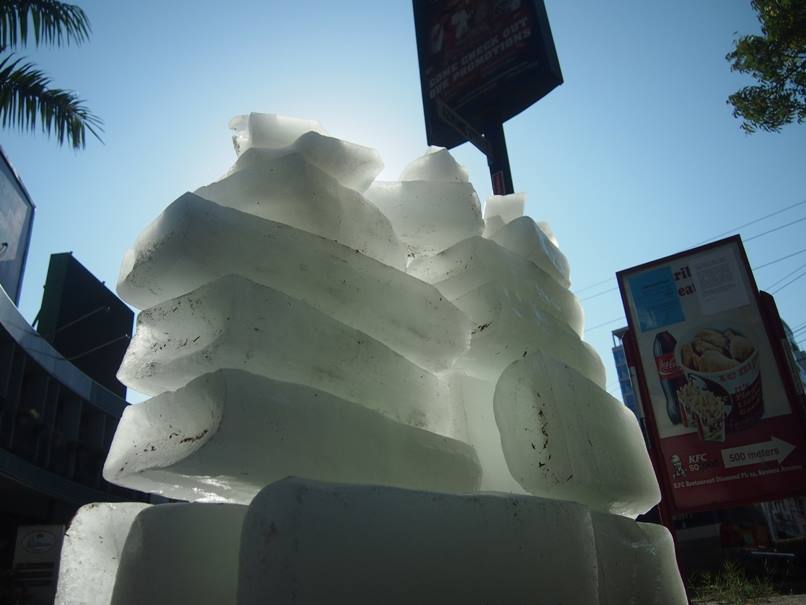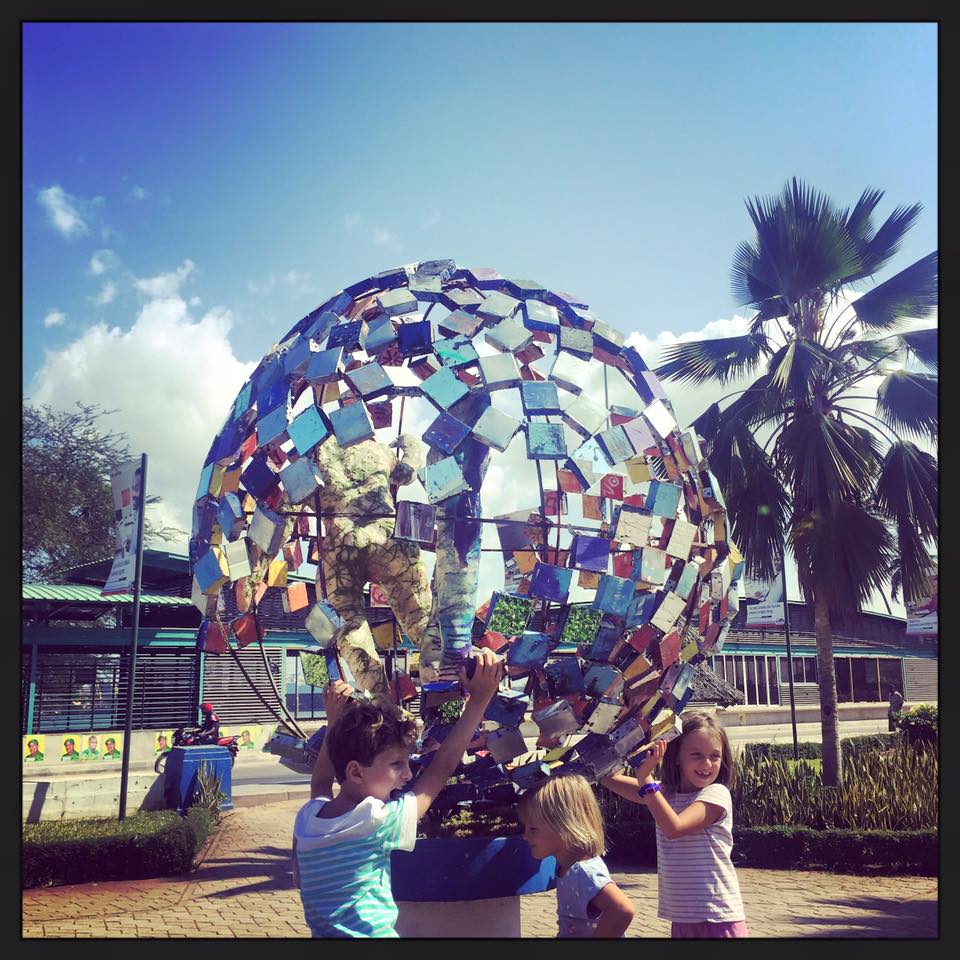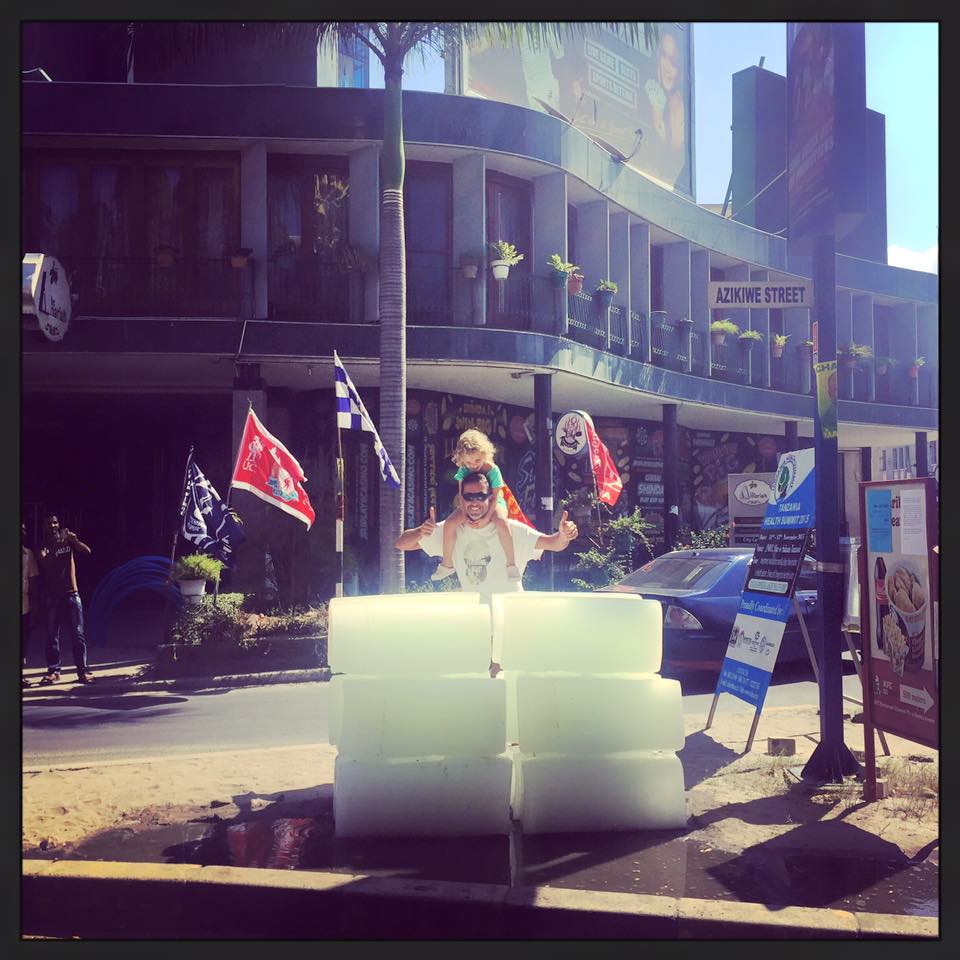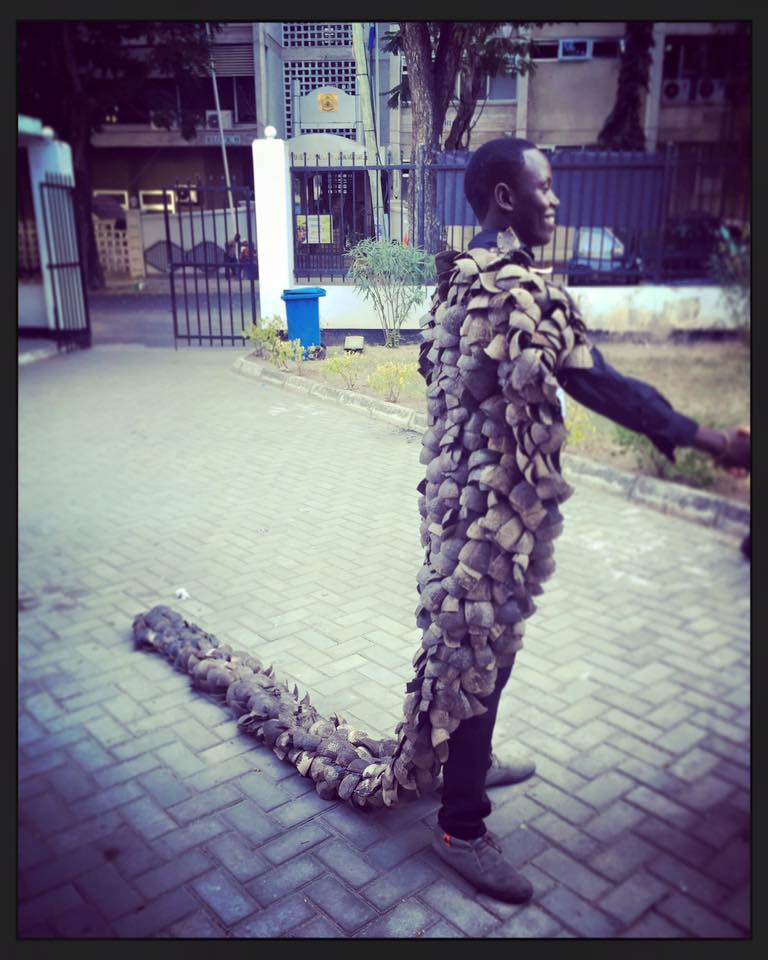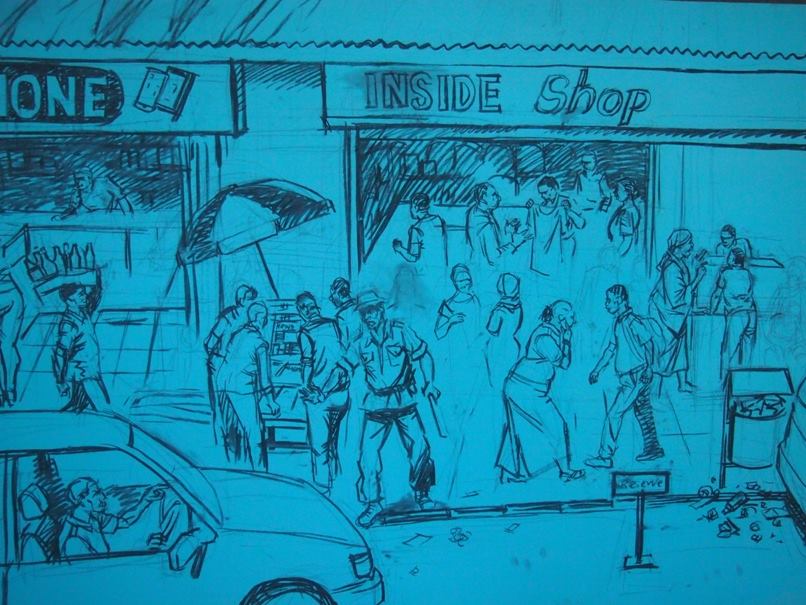“We were thinking more about metaphoric voids, gaps, leftover spaces, places that were not developed…For example, the places where you stop to tie your shoelaces, places that are just interruptions in your own daily movements”
–Gordon Matta-Clark, 1974
Over half of the world’s population now reside in urban areas. This is due to rapid cultural and economic globalisation. Through rural to urban migration, new economic opportunities and increased global mobilities, cities continue to expand intensely resulting in transformation to their character and identity. Changes in skylines and borders are often accompanied by less noticeable shifts in how cities preserve, present and promote their pasts and traditions against competitive demands for space.
Urban heritage, as the valued tangible and intangible legacies of the past, seem to be an important asset for communities, since it allows cities to stand out for their uniqueness, attract tourists and inward investment, and retain a historical narrative that feeds into the quality of life. At the same time, new heritage continues to be created in cities everyday, as they continue to grow and expand. Urban heritage meets us in different shapes and contexts whereby a more dynamic understanding, involving various movements, initiatives and everyday practices, also claim the past, present and future of our cities—it is therefore also related to the existence of the transient, the temporal, the interstices, the overlaps and imaginations. This means taking into account and building upon the unsettled, as well as the unseen.
In this context, Impose/Expose: Art Revealing Space is an exhibition about the relationships between people and the public space, from a diversity of approaches. It is a conversation about art revealing space, and the issues surrounding that space whether it is architectural, cultural, social, metaphysical or ideological. We, as curators for this exhibition, do not attempt to present Dar es Salaam city centre as a history of great buildings and important events; rather we map it as multifaceted, and at times a hidden collection of stories that reveal the economic, cultural, and social relations that shape its urban form. We are interested in treating the city as a living museum, offering a fresh look at its changing fabric through a collective walk which features artistic works and performances dealing with different aspects and problematics of the city, such as the boundaries between public and private space, the psychological and sentimental bonds that we establish with the urban environment, the unwritten norms that rule our behaviour in the public space, the movement of the body as a form of knowledge, etc. We want to draw attention to the used but perhaps unseen spaces of the city, the “places that are just interruptions in your own daily movements” as American artist Gordon Matta-Clark posed and cause our viewers to question the significance of the artwork in situ. In doing so, one can reflect on matters of space, belonging, value, history and myth, movement of citizens, power and preservation in an evolving Dar es Salaam.
In creating this exhibition, we try to create a public history in which we all are invested. To quote the curatorial team for Curating the City: People and Places; “Unearthing and preserving the stories of the city may not seem to be the job of a curator. But “to curate” means, “to care for”. Curating a city is therefore to care for it as a place formed from people’s lives” (Curating the City: People and Places in Lancaster, Pennsylvania, USA).
Exhibition curators are Rehema Chachage and Sarita Lydia Mamseri.
Impose/Expose: Art Revealing Space, (an exhibition of nine artistic interventions in central Dar es Salaam), 26 September–10 October 2015


